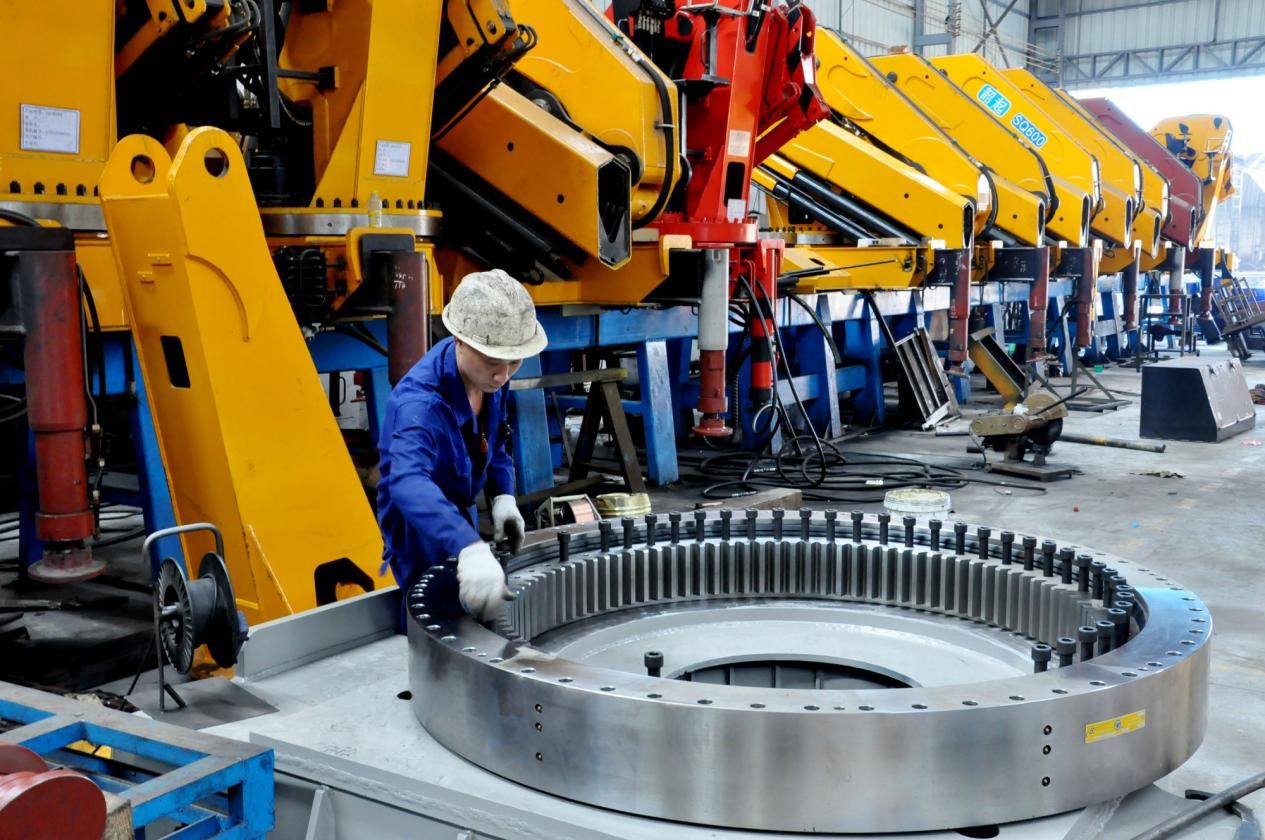It seems like a long time since China was routinely the source of good news. Growth rates remain impressive, but it is increasingly obvious that they are being bought at the cost of ever rising debt.
Aside from that, there are routine announcements that indicate senior figures are trying to address a range of problems, and bold proclamations about China’s ascendant place in the region, but these announcements now seem to raise many questions as once they merely raised expectations, Forbes reported.
Warnings from the International Monetary Fund have started to resemble those from the Bank of International Settlements, while Moody’s and S&P’s have matched each other’s pessimism over China’s ability to get ahead of its ballooning debt without a dramatic correction.
Optimists remain, of course, but explanations of exactly how China resolves its contradictory tensions between economic growth and rising debt are becoming less plausible as time passes.
The capital account remains essentially closed (and getting tighter), the currency is now less traded than it was in 2016 and the stock market is plagued by efforts to second guess the intentions of the ‘national team’ conducting state backed intervention to stabilize market valuations.
Rocking the Boat
On the same subject, CNBC said: For a market dependent on synchronized global growth, investors may be betting too much that China will not rock the boat next year.
Part of the S&P 500’s rally to record highs this year comes on the back of better economic growth around the world. A major contributor to that growth was stability in China as leaders prepared for a key 19th Communist Party Congress this fall. Now that the congress is over and Beijing looks set to take action on its growing debt problems, worries about a sharper-than-expected slowdown in the world’s second-largest economy could hurt US stocks.
CNBC looked through the 2018 outlooks published in the last several weeks from several of the top market analysts and found that many include a potential China slowdown in their assessment of risks.
“With the 19th party congress now behind us, the risk is that the peak growth in China is also behind us,” David Woo, head of global rates, FX and EM FI strategy & econ research at Bank of America, said in an outlook report. “Curiously, the market has been ignoring the string of negative Chinese data surprises in recent weeks. It is possible that the market views them as temporary.”
“We are concerned that China could be vulnerable to US tax reform getting done,” Woo said, noting that a resulting increase in US rates and the US dollar would likely cause capital flight from China to accelerate and weaken the Chinese yuan. If that happens, China’s central bank would be likely “to tighten liquidity, which in turn would raise further concerns about the growth outlook,” he said.
Fears of negative spillover from a rapid slowdown in China’s economy hit global markets in August 2015 after a surprise yuan devaluation. Further weakness in the currency in the first few weeks of 2016 contributed to the worst start to a year on record for both the Dow and S&P 500.
Since then, Chinese authorities have proven they are still able to control their economy. But stability has come at the cost of ever-increasing debt levels. The IMF warned in October that China’s banking sector assets have risen steadily to 310% of GDP from 240% of GDP at the end of 2012.
Plans for 2018
Already in the last few months investors have been warily eyeing a jump in China’s 10-year sovereign bond yield as an indication of slowing growth.
Chinese officials are focused on reducing the country’s reliance on debt. Last week, Beijing concluded its Central Economic Work Conference that lays out plans for 2018. The government subsequently said in a statement quoted by Xinhua: “Prudent monetary policy should be kept neutral, the floodgates of monetary supply should be controlled, and credit and social financing should see reasonable growth.”
“Authorities seem to have gotten more comfortable with slightly slower growth, and the central bank is tightening monetary policy,” David Folkerts-Landau, group chief economist at Deutsche Bank Research, said in its “House View” published Dec. 11. “We expect some policy easing in mid-2018 to support growth. But this option may be off the table if inflation is high. Growth would then slow and could weigh on global growth.”


